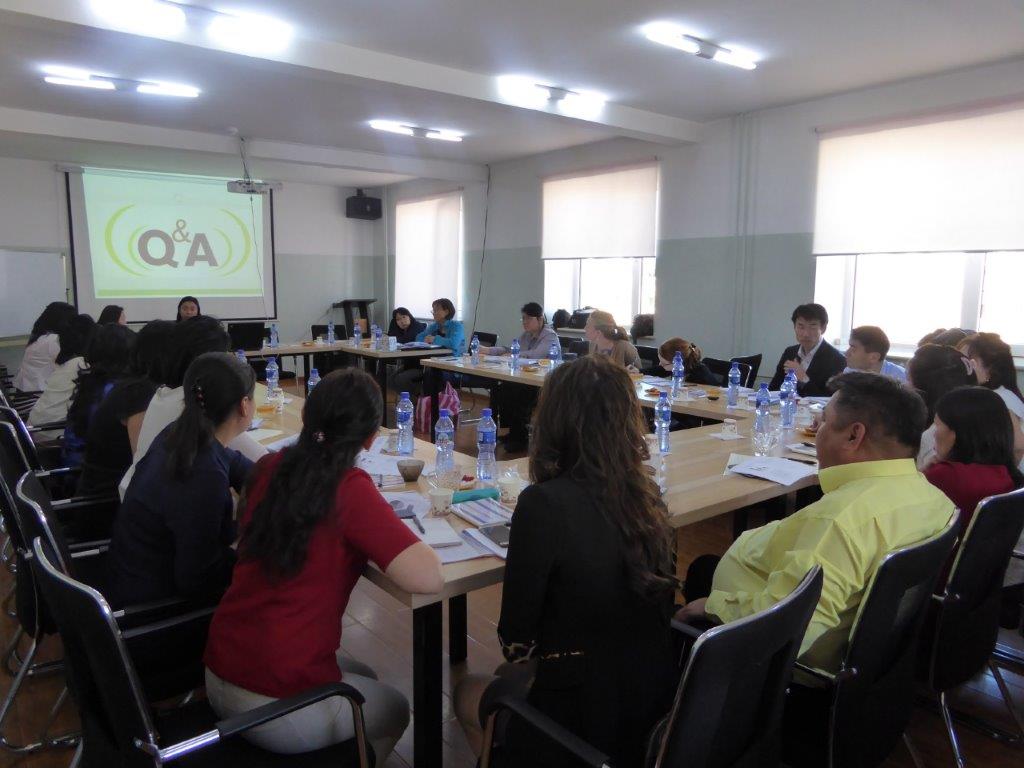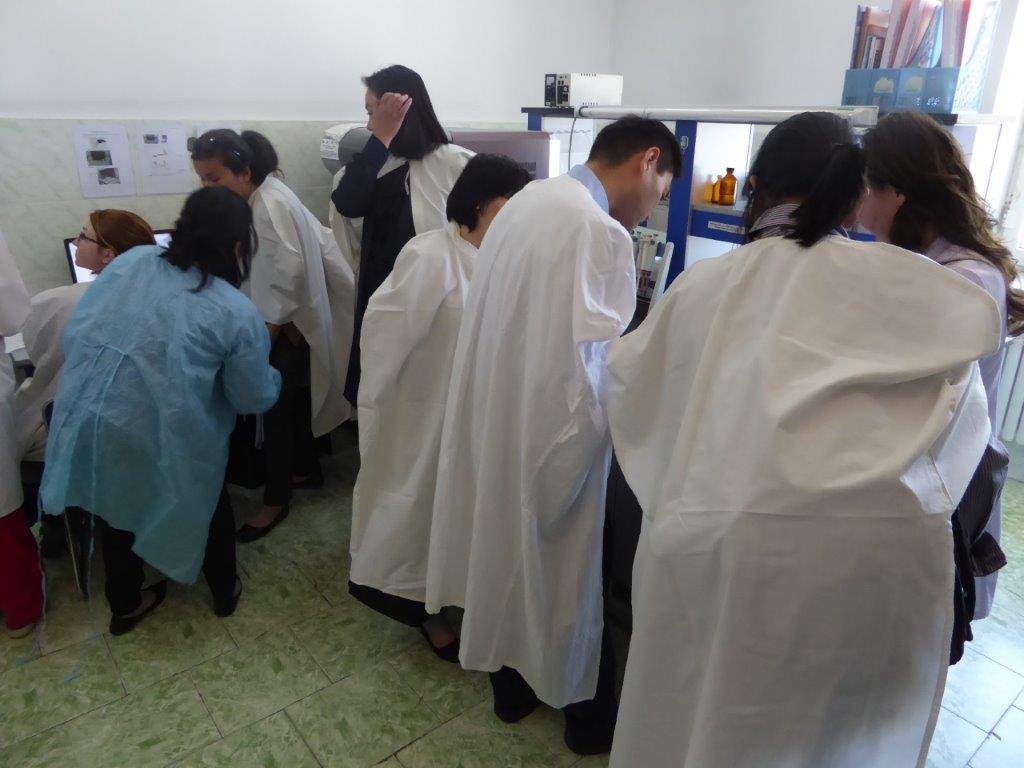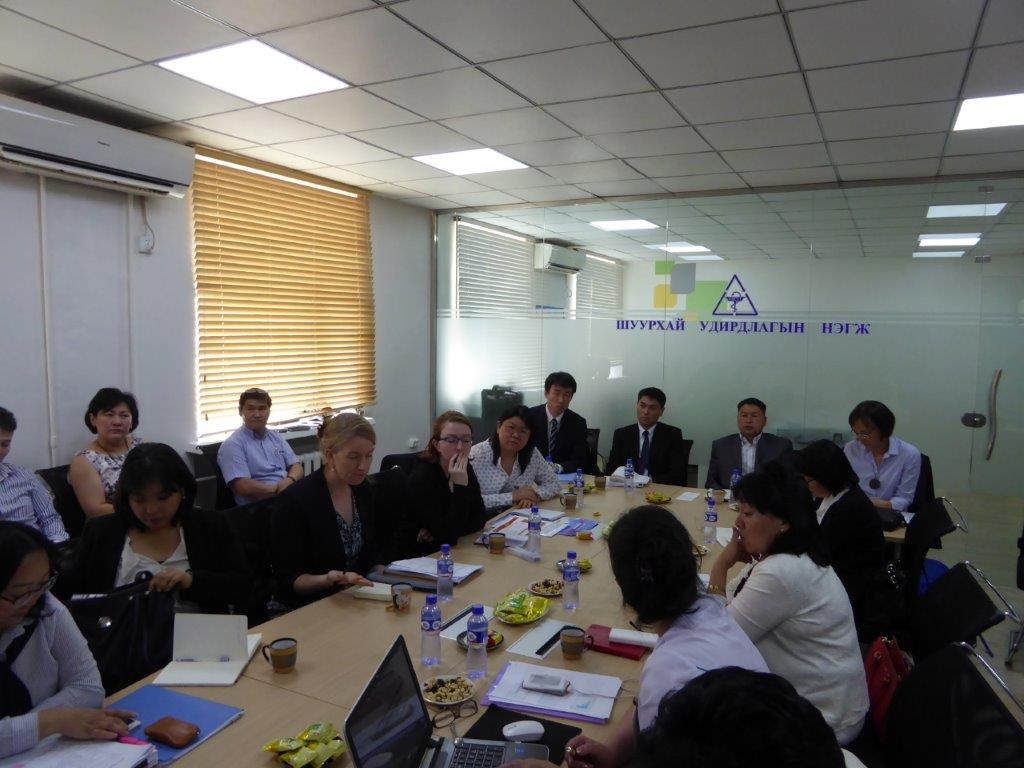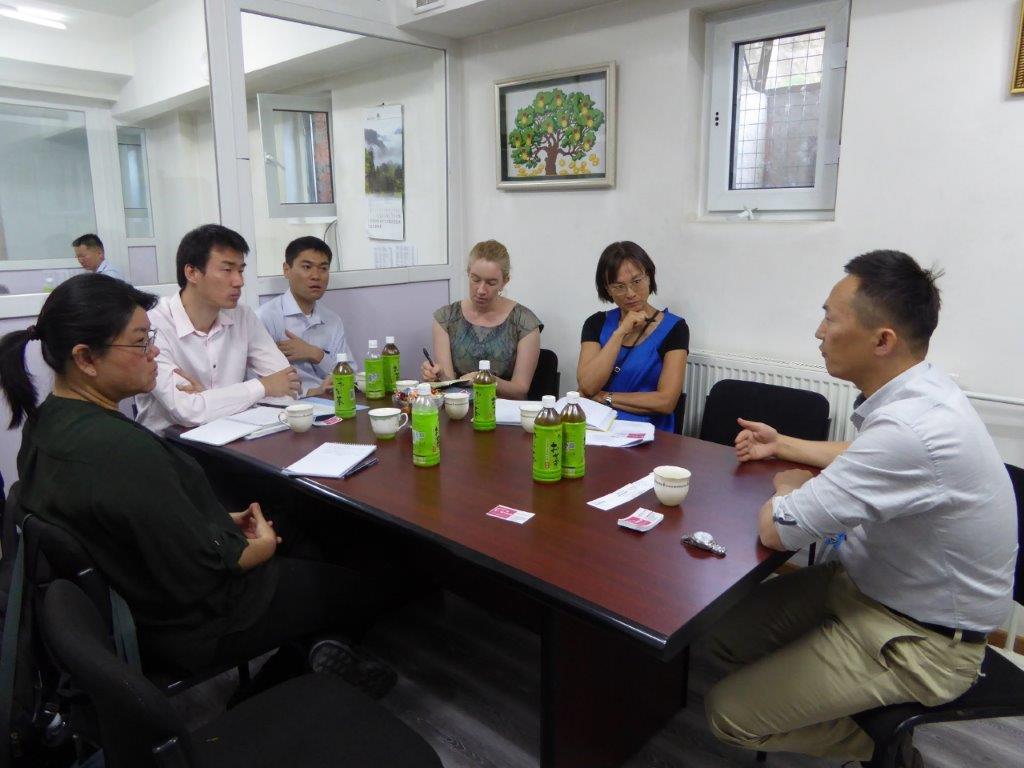Activity Report and Latest Information
- HOME
- Activity Report and Latest Information
- Activity in Mongolia : Hepatitis B and C
Activity in Mongolia : Hepatitis B and C
Dr Takeshi Terashima and Dr Tetsuro Shimakami from Kanazawa University, WHO Collaborating Centre, were invited to participate in the Review of Hepatitis B and C Care and Treatment Mongolia from 10 to 17 June 2017, in Ulaanbaatar, Mongolia, as a temporary adviser to the World Health Organization Regional Office for the Western Pacific (WPRO). Our main function would be to explore potentials for longitudinal follow up of hepatitis patients from screening to diagnosis and to treatment, including long-term follow up as WHO Collaborating Centre. Mongolia has the highest hepatitis C prevalence in the Western Pacific Region and hepatitis B prevalence among unvaccinated adults remains high. WHO supported a review of the hepatitis situation and response in late 2015 available at
http://www.wpro.who.int/hepatitis/hepatitis_resource_publication/viral_hepatitis_mongolia_2015/en/
Since then major progress has been noted, the Government Hepatitis Action Plan 2016-2020 with the aim to eliminate hepatitis C by 2020 has been released. New screening, diagnostic and treatment guidelines for hepatitis C were approved mid-2015. Now, over 7000 people are receiving new direct acting antiviral drugs to treat hepatitis C and up to 9000 people benefit from WHO-recommended hepatitis B treatment.
The objectives of the treatment review were:
(1) to collate and review data on the quality of hepatitis Band C care and treatment in Mongolia.
(2) to discuss opportunities for surveillance and longitudinal follow up of patients from screening, diagnosis to sequelae reporting in health facilities.
In addition to us, two officers from WPRO, a hepatologist and an epidemiologist from Australia, two officers from WHO Mongolia participated in this review team.
Here is the schedule during our mission;
June 10th: Arrival to Ulaanbaatar
June 11th: Moving to Arkhangai province
June 12th: Visit to Family Health Center, Soum Health Center and General hospital of Arkhangai province.
June 13th: Moving to Ulaanbaatar
June 14th: Visit to National Center for Communicable. Disease and hospital #1
June 15th: Visit to several private hospitals/laboratories, and Health Department and Family Health Center of Bayanzurkh district, meeting with patients’ representative council
June 16th: Visit to several private hospitals/laboratories
June 17th: Participation in the APASL conference, Discussion Training modules on hepatitis with Mongolian medical doctors
We contributed to this review through sharing our knowledge from screening to diagnosis and to treatment, including long-term follow up with other team’s member, as well as local people.
On June 17th, we hold a meeting with about 15 Mongolian medical doctors to discuss the training modules on hepatitis developed by Kanazawa University. Based on the options from Mongolian doctors, we will adjust the current training modules to Mongolian situations and the adjusted ones will be used for education to the medical staffs in Mongolia in near future.
http://www.wpro.who.int/hepatitis/hepatitis_resource_publication/viral_hepatitis_mongolia_2015/en/
Since then major progress has been noted, the Government Hepatitis Action Plan 2016-2020 with the aim to eliminate hepatitis C by 2020 has been released. New screening, diagnostic and treatment guidelines for hepatitis C were approved mid-2015. Now, over 7000 people are receiving new direct acting antiviral drugs to treat hepatitis C and up to 9000 people benefit from WHO-recommended hepatitis B treatment.
The objectives of the treatment review were:
(1) to collate and review data on the quality of hepatitis Band C care and treatment in Mongolia.
(2) to discuss opportunities for surveillance and longitudinal follow up of patients from screening, diagnosis to sequelae reporting in health facilities.
In addition to us, two officers from WPRO, a hepatologist and an epidemiologist from Australia, two officers from WHO Mongolia participated in this review team.
Here is the schedule during our mission;
June 10th: Arrival to Ulaanbaatar
June 11th: Moving to Arkhangai province
June 12th: Visit to Family Health Center, Soum Health Center and General hospital of Arkhangai province.
June 13th: Moving to Ulaanbaatar
June 14th: Visit to National Center for Communicable. Disease and hospital #1
June 15th: Visit to several private hospitals/laboratories, and Health Department and Family Health Center of Bayanzurkh district, meeting with patients’ representative council
June 16th: Visit to several private hospitals/laboratories
June 17th: Participation in the APASL conference, Discussion Training modules on hepatitis with Mongolian medical doctors
We contributed to this review through sharing our knowledge from screening to diagnosis and to treatment, including long-term follow up with other team’s member, as well as local people.
On June 17th, we hold a meeting with about 15 Mongolian medical doctors to discuss the training modules on hepatitis developed by Kanazawa University. Based on the options from Mongolian doctors, we will adjust the current training modules to Mongolian situations and the adjusted ones will be used for education to the medical staffs in Mongolia in near future.



